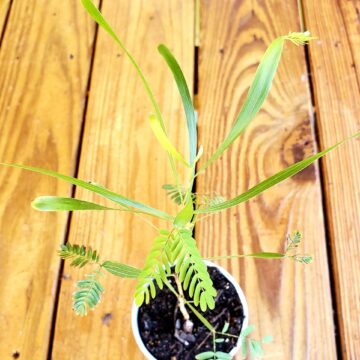Description
Watercress is a semi-aquatic, perennial, leafy green vegetable and superfood. This relative of broccoli, radish and mustard imparts a tangy, spicy flavor to dishes. It can be eaten raw as a specialty salad green or cooked like spinach. Watercress is also great in soups, and it has gained attention as an anti-cancer vegetable just like many of the other cruciferous vegetables in its family, including broccoli, cabbage and Brussels sprouts. Research indicates that watercress helps preserve DNA structure. It is a rich source of antioxidants, vitamins A, C and K, folic acid, iron, zinc, calcium and iodine. In fact, this single vegetable contains higher levels of many of these than food we traditionally think of as good sources for them. For instance, watercress has more vitamin C than oranges, more calcium than milk and more iron than spinach. The list of potential health benefits is far-reaching with heart health, bone health, dental health, digestive health, liver health, vision, blood sugar and skin, hair and nail health all on its resume. Additionally, watercress is said to act as an anti-anemic, an aphrodisiac, a CNS stimulant, an anti-inflammatory and a purifying agent. Watercress is said to be beneficial to sufferers of hangovers by cleansing the blood and detoxifying the liver. High levels of zinc make watercress potentially beneficial to cold sufferers too by shortening the length of a cold. Zinc is the active ingredient in many over-the-counter medicines that aim to treat colds, but it’s better to get our nutrients from foods rather than man-made preparations. Watercress’s rich iodine content also contributes to improved function of the thyroid gland. This single plant, which can be versatile in the kitchen, has so many potential health benefits that there’s no reason is shouldn’t be integrated into our diets and our gardens.
Growing Information: Sow your seeds as soon as the temperatures warm up. You can start watercress indoors or sow directly outside if you are not concerned about the seeds washing or blowing away. Outdoors, they can be direct sown in shallow tranches. Otherwise, you can start them outside in small terrariums made of empty gallon milk jugs or pretty much any other type of covered container. Milk jugs work well because they help shade the seedlings due to the cloudy quality of the plastic. Watercress likes a rich soil. We recommend using an alkaline soil, which can be accomplished by adding a 1:2 ratio of limestone to compost. It is also of vital importance to keep the soil wet. Watercress can grow in water, so over-watering is not an issue. But drying out could be. Sow your seeds just below the surface of the soil. Once the seedlings emerge, thin your watercress plants out to a spacing of 10 cm. Seeds started in containers can be transplanted weeks using the same spacing (10 cm) to their final location after 3 weeks. Watercress is tropical, so it does enjoy heat. It can tolerate partial sun, but it sometimes can suffer in full sun, especially in hotter areas. During the growing season, remove any white flowers that develop in order to encourage growth of tender leaves. Like Brussels sprouts and radish, the best flavor is from foliage collected in the cooler months. But leaf can be harvested at any time. Cut the foliage low to the ground, but be sure to leave a few inches for the plants to grow back. Watercress is a perennial, so it will return from year to year once you’ve established it.
In purchasing, international buyers agree to assume the risk of arrival of all items. We cannot replace lost or seized items. You will be required to confirm that you agree to these terms before items can be sent.






